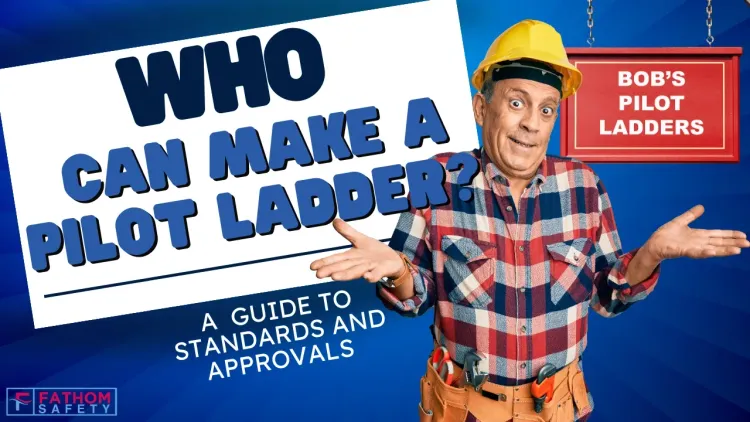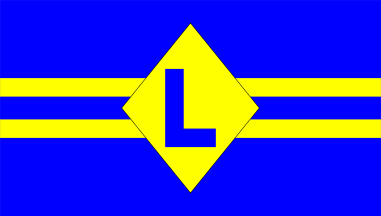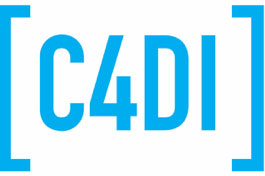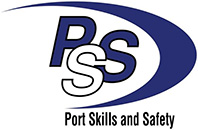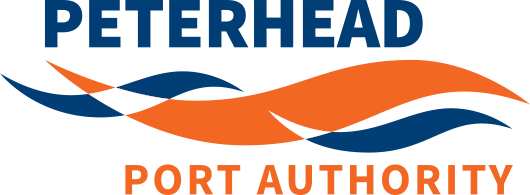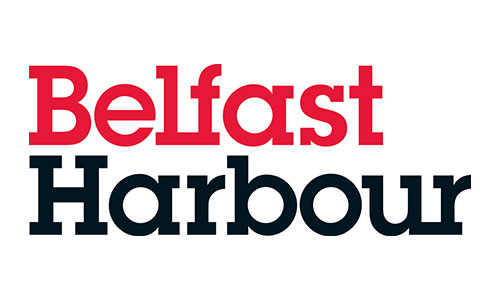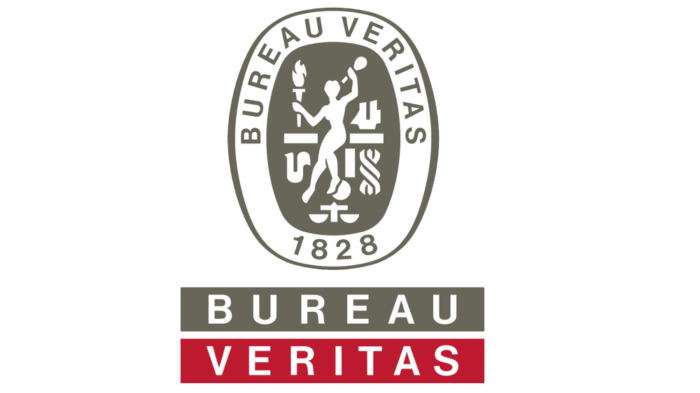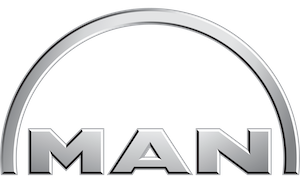Pilot ladder certification can be a confusing minefield. There is much terminology involving standards, approvals, notified bodies, classification societies and flag state registers. Understanding how these all interact will give the individual buying a ladder a greater chance of buying one of quality and the correct approvals depending on the vessel on which the ladder will be used.
So Who Can Build A Pilot Ladder?
The short answer is anyone. The basic construction requirements are laid out in SOLAS Chapter V Regulation 23. There is nothing to stop my neighbour forming Bob’s Pilot Ladder Shop in his garage and producing a ladder to meet the requirements of SOLAS. As the manufacturer Bob simply certifies that the ladder meets the requirements of SOLAS V/23 and hey presto Bob’s newly formed enterprise is selling pilot ladders. He fixes an ID plate to the ladder confirming the ladder is built to SOLAS standard (as ammended) along with the ladders Serial Number 000001.
Bob's ladders however don't say 'Approved By SOLAS' as Bob knows that SOLAS is a set of regulations issued by IMO and not an approval body. Any ladder marked 'Approved By SOLAS' should be treated with extreme caution.
Next Bob fires up his PC and makes a beautiful pilot ladder certificate detailing the ladder, it's serial number, date of production, the standard to which the ladder was built, the address of his garage operation and prints it out.
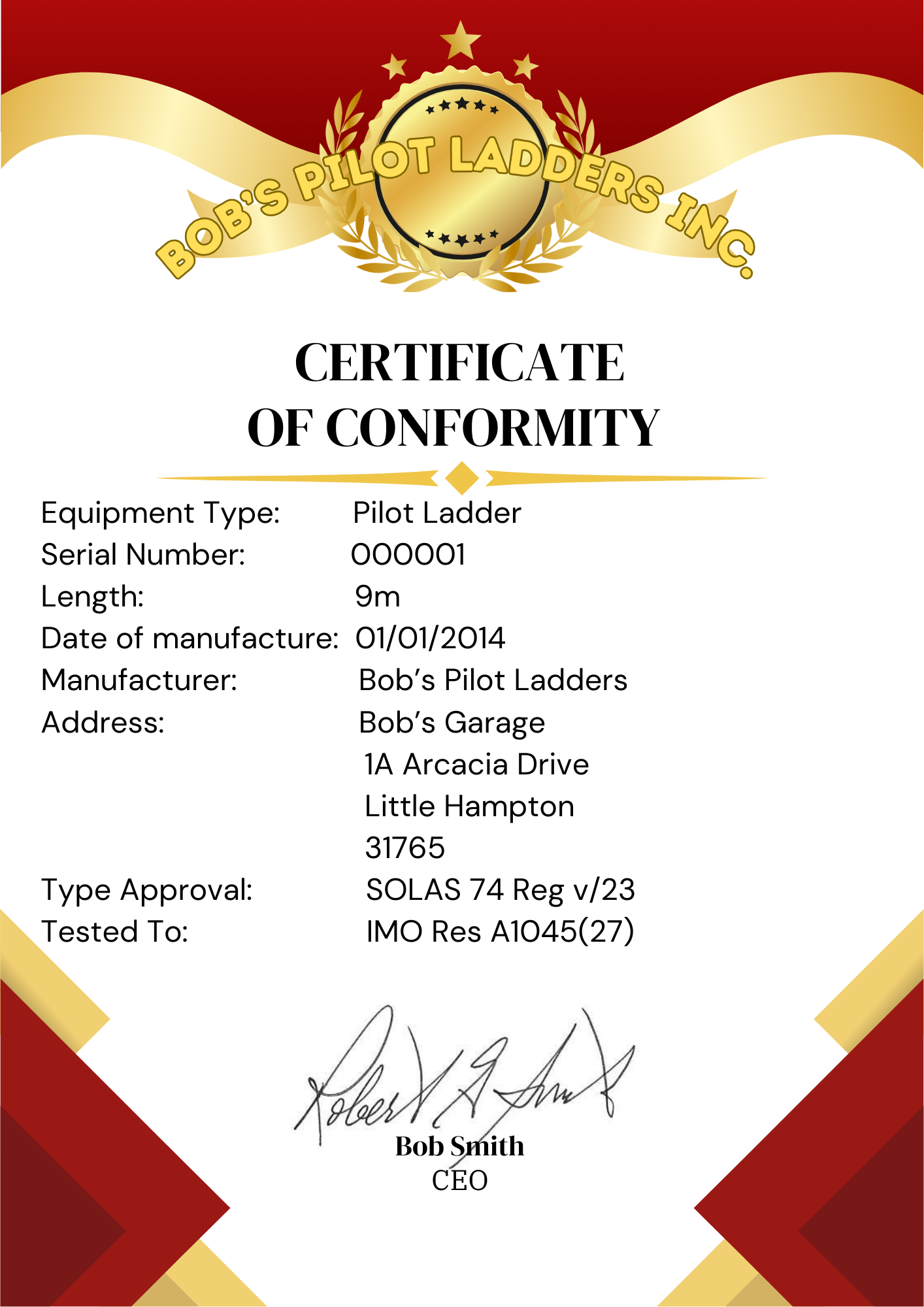
Bob however finds people are suspicious of his SOLAS pilot ladder, and with good reason, as how do we know that Bob has done a good job, followed the SOLAS requirements, used materials that will give the purchaser a durable and safe pilot ladder that has been properly tested?
An ISO 799 Pilot Ladder Certificate
What Bob needs is a more specific international standard by which he can build his ladders, that goes into detail about the requirements for each of the materials, sets standards for the way in which his ladders are made and lays down a testing regime against which his ladder can be benchmarked. Then Bob can tell his customers his ladders are built to this standard and this will hopefully increase his sales.
Bob decides to use the global standard ISO799 as the rules by which his pilot ladders will be constructed. This involves Bob having to source better materials for construction, have greater controls over his manufacturing process and invest in machinery to build and test his pilot ladders against.
Eventually Bob achieves this and proudly goes back to the shipping companies and proudly declares his ladder is now built to “International Standard ISO799 Ships and marine technology - Pilot ladders”. ‘Fantastic’ say his potential customers ‘But how do we know you’re telling us the truth, you may simply be building ladders like you used to and are pretending they are now ISO 799 compliant’.
Crestfallen, Bob realises what he now needs is proof, which is understandable given many counterfeit ladders claim to be just this. Such proof can come in a number of ways. It could come from an independent testing house that could take one of Bob’s ladders and confirm it meets the requirements of the ISO standard or through a Classification Society that can witness the materials, production and testing and confirm the ladder meets the standard.
A Class Endorsed ISO 799 Pilot Ladder Certificate
As Bob thinks it will hold more weight with his potential clients he goes down the Classification Society route. After asking around for prices to provide the necessary certification Bob decides to go with San Pedro Classification Society as they were the cheapest and asked a lot less questions. Two weeks later after sending a few photos and a video of the ladder being tested his official SPCS certification arrives which means he can now put their logo on his certificates.
Enthused by his new certificates Bob goes back to the market and proudly tells his potential customers his ladders are now SPCS certified. This works well with some customers but others are still suspicious, San Pedro isn’t a well renowned classification society and they are concerned the approval might not have been so rigorous. Once again disappointed Bob has to go back to the drawing board and think again.
This time Bob decides to go with an IACS society. Formed in the 1960’s the International Association of Classification Societies is a non-governmental organisation of classification societies that currently consists of 11 member marine classification societies. Between them they cover more than 90% of the worlds cargo carrying ships tonnage. These societies work together to promote high standards in safety, pollution prevention and liaise closely with the industry and have an active role within IMO to develop regulation and good practice.
An IACS Endorsed ISO 799 Pilot Ladder Certificate
Using an IACS member however is expensive and much stricter than Bob’s previous Classification Society, they need evidence of all of Bob’s suppliers, components, equipment as well as details of Bob’s company, are they ISO 9001 accredited, who insures him, what workplace safety policies exist? They come to witness Bob making and testing a ladder, in his new bigger rented workshop, and are incredibly rigorous in ensuring the ladder meets the requirements of ISO799. It's an expensive and time consuming process but finally Bob has his IACS confirmation.
Finally Bob can go back to his customers and tell them he now has IACS authenticated ISO799 pilot ladders for sale. ‘That’s great,’ say his customers ‘but some of my fleet operate under European Flags, is your pilot ladder MED approved?’
A European Marine Safety Agency MED Endorsed ISO 799 Pilot Ladder Certificate
MED or Marine Equipment Directive is a set of regulations established by the European Union (EU), through the European Marine Safety Agency, to ensure the safety and quality of marine equipment used on ships. The MED covers a wide range of equipment including fire protection equipment, navigation devices and life-saving appliances and this includes pilot ladders. Marine equipment can only be installed on board ships flying the flag of an EU country, Norway, Iceland and other flag states if it is marked with the MED mark of conformity, also known as the “wheelmark”.

Bob once again needs help. Thankfully his IACS society are only too willing to help Bob navigate the complex approval process to demonstrate his pilot ladder meets the essential safety standards set forth by the directive. Obviously this all comes as a price but finally Bob is sure he must now have ticked EVERY box and his pilot ladder has all the provenance needed to make him a very rich man.
‘Brilliant Bob!’ say his eager customers, but just one thing ‘you know I said some of my fleet were EU flagged, well the rest of them are US flagged. Does your ladder have a US Coast Guard Certificate of Compliance?’.
A United States Coast Guard Certificate Of Compliance For An ISO 799 Pilot Ladder
At this point Bob is drowning in a sea of paperwork, test certificates, compliance documents and his bank balance is very much in the red. But once again he contacts his IACS society who help him ensure his documentation is correct and they submit an application for USCG Type Approval. Finally after some waiting Bob’s Pilot Ladder has it’s USCG compliance certificate (which he’ll need to renew in 5 years) and he has finally completed everything his customers have asked of him.
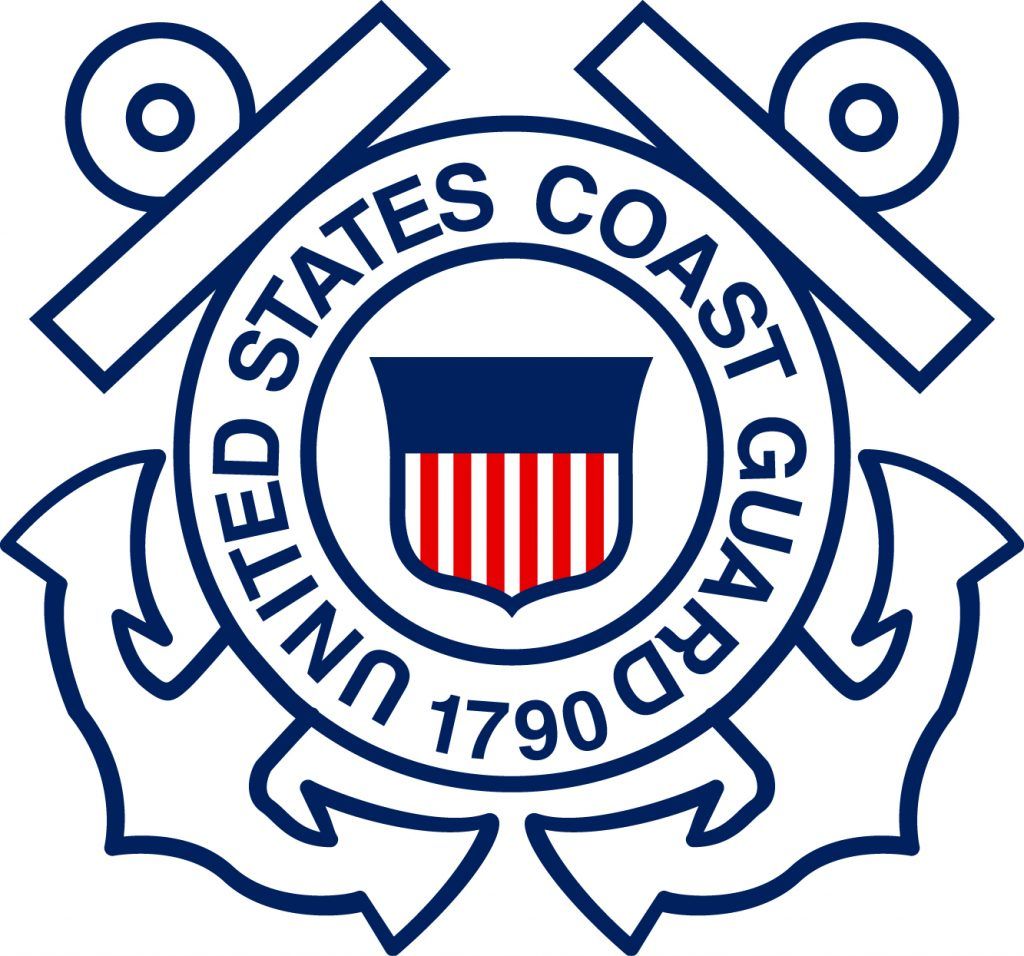
Bob now goes back to the market. But Bob is no longer in his rented workshop. Bob’s Pilot Ladder Business has state of the art manufacturing facilities, a global workforce, worldwide distribution hubs, more certificates than he cares to remember and a bank balance that brings tears to his eyes but he know has an industry leading product that is the best on the market so he goes back to his customers head held high and shows them his premium Pilot Ladder.
‘Well hell Bob, that’s a great ladder!’ how much does it cost? Bob writes a number on a piece of paper and passes it across the table. ‘Oh wow!’ says his customer ‘That’s $200 more than Phil’s Pilot Ladders charges!’ ‘Does Phil have an IACS endorsed ISO799 certificate, MED approval, USCG approval and a worldwide distribution network??’ Bob asks, his voice breaking in frustration. ‘No unfortunately he doesn’t but we’ve flagged out our fleet to San Pedro and his San Pedro Classification Society Certificate will do just fine for us!’
And there folks is the rub! When you buy a pilot ladder you aren’t just buying ropes, metal and wood. You are buying the whole sourcing, production, testing, approval, certification, distribution and customer service facilities that made that quality pilot ladder possible.
Why Buy An IACS Endorsed ISO 799 Pilot Ladder?
A pilot ladder is the thing that keeps your pilot, surveyor, agent and PSC inspector safe when boarding at sea. It’s your ships doormat and like every good doormat it should welcome these people on board in as safe a manner as possible. Buy quality, treat it well and a pilot ladder will act as a welcome message to all those who board your vessels whereas that worn out doormat, just like the cheap, badly treated ladder, will have your guest wondering if they want to come in.
Pilot Ladders come with ID plates (usually under the lowermost spreader and uppermost step) and each has a corresponding certificate. Should you have any concerns regarding the quality or authenticity of a ladder contact the Classification Society (ideally an IACS member) or the Test Agency that endorse it.

All EU flagged vessels will need a ‘wheelmarked’ certificate and the pilot ladder can be checked against the EMSA MED Directory. The database requires registration (free).
All US Flagged vessels will need a USCG Certificate Of Approval for their ladders and this can be checked against the USCG Database. There are some areas of Mutual Recognition between EMSA and USCG

Finally following the UK's departure from Europe, Pilot Ladders on UK flagged vessels require a UK conformity mark and will carry the 'Red Ensign' logo.

Safety isn’t cheap. But the difference between a ladder that has met all of this rigorous testing and certification will be around $200-300 more expensive than the one Phil is now making in his garage. The only way we can drive up pilot ladder standards is by forcing Phil down the same route as Bob or by avoiding Phil’s Pilot Ladders altogether.
The Fathom Safety Pilot Ladder Management Service (End to End) only uses ladders sourced directly from PTR Holland. PTR are the world’s premier pilot ladder manufacturer with workshops in Rotterdam, Houston, Singapore, and Newcastle (UK). PTR Ladders are DNV endorsed as meeting the requirements of ISO799 and are MED and USCG authenticated. Our ladder management service takes the stress and uncertainty in sourcing and managing your fleets pilot ladders with our in house service and bespoke software management. What’s more we also save our client’s thousands by ensuring they have the correct ladders and by preventing the unnecessary delays caused by non-compliant pilot ladder arrangements. Get in touch to find out how we can make your ships doormat a big WELCOME sign.

